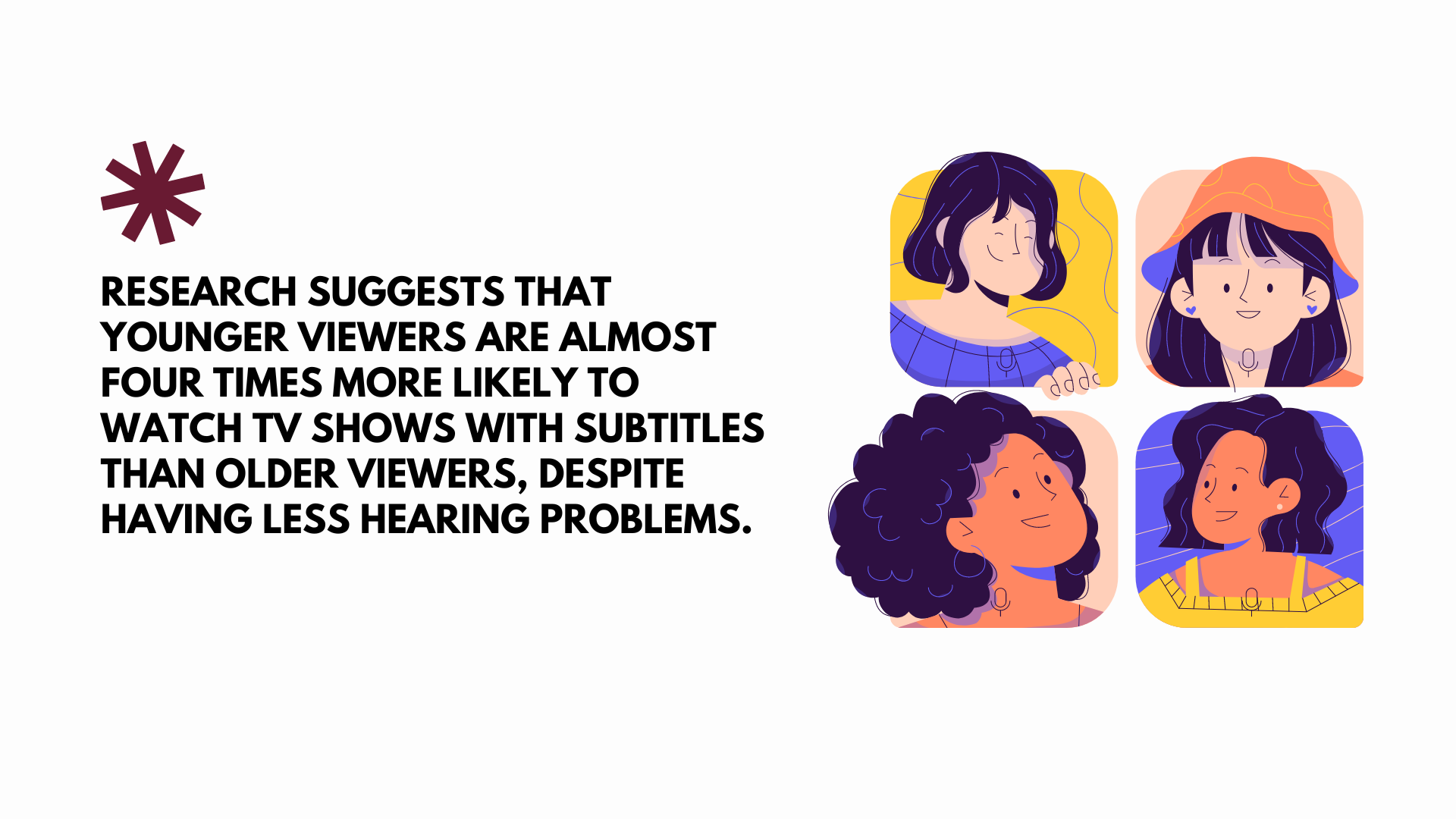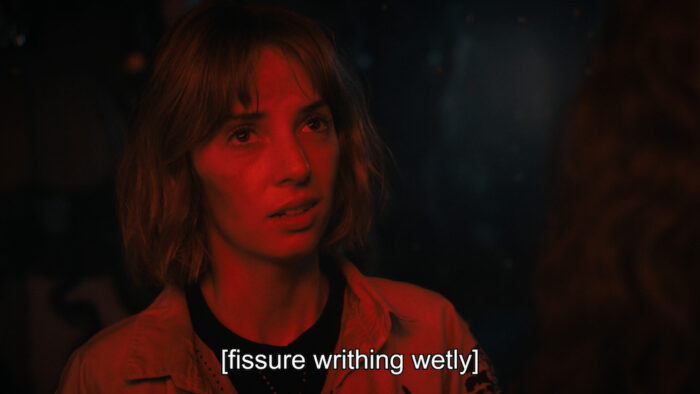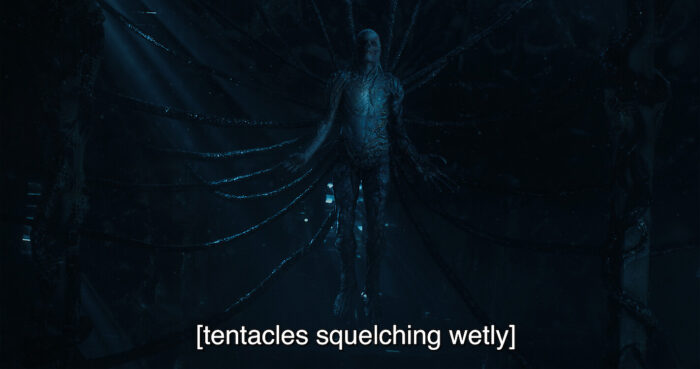Are subtitles becoming the norm?
Subtitles and captions are lines of dialogue or other text displayed at the bottom of the screen in movies, TV shows or other visual media. They can be transcriptions of the screenplay, translations of it, or information to help viewers who are deaf or hard-of-hearing understand what is shown.
Subtitling is often defined as an essential form of art as it aims to accurately capture things that are very hard to describe such as sounds and sensations. Originally intended to help people with hearing problems, subtitles have become an inseparable part of people’s watching habits and many rely on them to enjoy movies and TV shows.
Streaming platforms such as Netflix, Amazon, Disney and HBOMax provide a big variety of movies and TV shows for viewers to select from. They have taken down the barrier for availability and allow viewers to have access to everything and anything they want, regardless of country or language. This wouldn’t have been possible without the help of subtitles.
Many are now used to watching with subtitles on after the success of popular foreign TV shows such as South Korea’s Squid Game which proves that subtitling is no longer considered an extra effort.
In other words, subtitles are becoming the norm. But what are the actual reasons behind that statement? Filmmakers and researchers have suggested a number of factors which have contributed to the rising popularity of subtitling, and we are going to review them below.
Understanding the dialogue
A study suggests that most viewers aged 18-25 in the United States turn on subtitles some or all of the time and the first reason for that is they’re likely to watch films and shows produced outside of the US, both English and non-English. Americans, as well as viewers whose native language is not English, often might need help understanding the accents of shows such as Peaky Blinders, Game of Thrones, or Derry Girls.

The increasing popularity of foreign-language shows is another reason for the rise in subtitle use. Netflix’s most popular show ever, Squid Game, required its non-Korean speaking viewers, which were most viewers, to turn the captions on. Other examples of successful non-English shows include Narcos, Money Heist, Lupin, Parasite.
Passively watching or multi-tasking
Another suggestion for the rise of subtitles use is that people’s attention span is progressively becoming shorter. Viewers often juggle more than one thing at a time and many quickly read the subtitles, glance at the screen, and then go back to whatever else they were doing. Why waste time watching the whole movie/TV show when you can just consume the key components in a fraction of the time. Some would define that as efficient, and others as sad but we will leave the choice to you.
Audio design changes
A survey also indicates that dialogue in movies and TV shows is getting harder to hear due to the sound mixing. This leads to viewers struggling to hear the characters’ lines over the background music or the sound effects and, therefore, turning the subtitles on. We all have been in a situation where we have trouble understanding the dialogue on TV, a situation we often attempt to correct by turning up the volume—and in the process, driving other family members out of the room. This is where subtitles come to the rescue.
Creative captioning
Creative captioning in shows such as Stranger Things has started a revolution in subtitling. The subtitles in the show are superbly descriptive and spot on, and often a little gross. However, it is important if it adds to the emotion and helps the viewer paint a better picture in their head. The famous ‘wet squelching’, for example, which is so rich, vivid, and poetic and is meant to evoke disgust and horror and give you an uncomfortable feeling, is yet the most famous piece of caption from the show amongst viewers.

Image source: Netflix
This type of captions offers a lot more nuance and creativity than usual. Although some say they are overly descriptive, the show’s subtitle author Jeff T. claims they were never aimed at people without hearing difficulties. Feedback from the deaf and hard-of-hearing communities has been extremely positive, stating that the subtitles provide a lot of information which they never usually get. They felt for the first time that they haven’t missed anything out, meaning the show’s subtitle writers did their job right.

Image source: Netflix
A lot of people nowadays turn the captions on for their own fun just to see what creative subtitle writers such as Stranger Thing’s team, have come up with. The rise in the preference for subtitles is undoubtedly growing due to the different factors we have discussed above, however, the growing demand brings with it concerns over the quality of subtitling. Netflix’s translation of Squid Game from Korean to English has sparked a lot of backlash, for example. The popularity of foreign-language entertainment has created a demand that subtitle writers are struggling to meet. TV shows are causing translators to drift away from other sectors like diplomacy. Meanwhile, captioning is increasingly being recognised as an art form and is naturally pulling in talent from other sectors.
